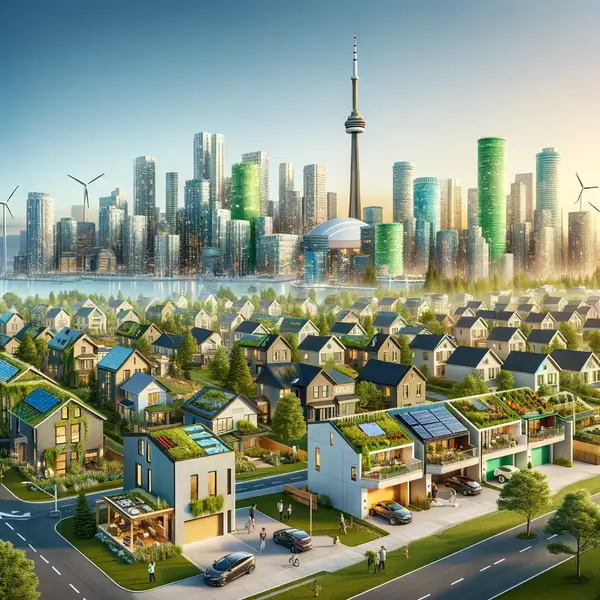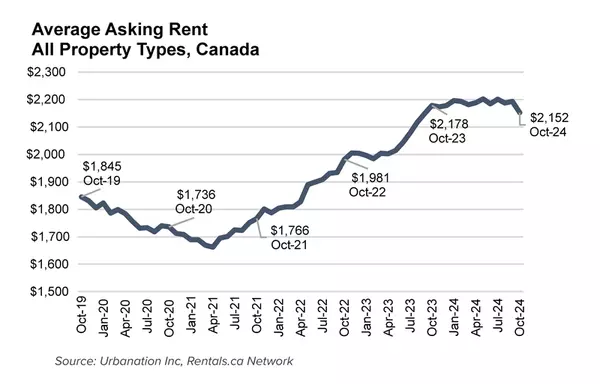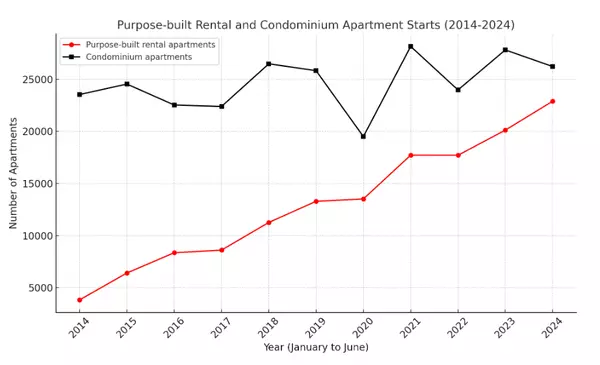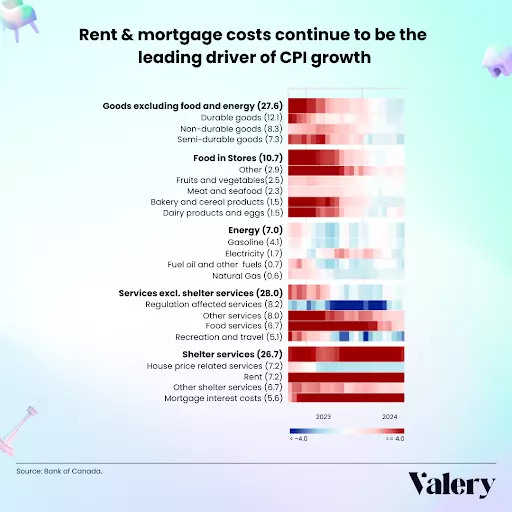
Net zero, Canada’s commitments and the future of homes and buildings
While the science of climate change continues to ignite debate and is deeply mired in political rhetoric, there is no argument that the consumer cost of hydrocarbon energy is increasing and that some regions have experienced home heating price shocks. We have some very specific opportunities to help Canadian homeowners address emissions reduction. Net zero is an important aspiration that the world is seeking to achieve and that Canada is striding toward. When we consider the improvements on land that we commonly describe as highest and best use, we refer to building square footage optimization or profitable use targets. But at what time does the housing market consider net zero as a component of highest and best use? Is it already happening? The background In response to the calls to action from the international scientific community, on December 12, 2015, more than 195 countries, including Canada, reached the Paris Agreement to the United Nations Framework Convention on Climate Change, a legally binding international treaty to fight climate change at the UN Climate Change Conference (COP21) in Paris, France. The agreement commits its signatories to act to substantially reduce global greenhouse gas (GHG) emissions with the goal of “holding the increase in the global average temperature to well below 2°C above pre-industrial levels and pursuing efforts to limit the temperature increase to 1.5°C above pre-industrial levels, recognizing that this would significantly reduce the risks and impacts of climate change.” The current trajectory for temperature increase is 2.7°C. To fulfill these commitments, global emissions need to be reduced by 45 per cent by 2030 and reach net zero by 2050. Net zero means reducing GHG emissions to as close to zero as possible so that any remaining emissions can be reabsorbed from the atmosphere by oceans and forests, as well as technological approaches. The global transition to net zero is described by the United Nations as “one of the greatest challenges humankind has faced” because “it calls for nothing less than a complete transformation of how we produce, consume and move about.” Computers and telecommunications have evolved dramatically — so will energy systems and homes While this seems like an insurmountable task, it’s important to understand that many of the energy use patterns and industrial processes that need to be changed have been created within the last 200 years. Just as computers and telecommunications have evolved in dramatic ways, so too will energy systems and homes to meet the emerging future. In addition to Canada’s net-zero commitment, several provinces and cities have made their own net-zero commitments. Guelph, Vancouver, Hamilton, Toronto, Halifax, Newfoundland and Labrador, Quebec, British Columbia and Nova Scotia have pledged to reach net zero by 2050, while Prince Edward Island has committed to doing so by 2040. Direct emissions from the buildings sector Direct emissions from space heating are the primary contributor to emissions from Canada’s buildings sector. Furnaces and appliances that rely on combustion to produce heat release carbon dioxide into the atmosphere and emit air pollutants that are harmful to human health. Using highly combustible fuels also increases the risk of house fires and explosions. Natural gas and heating oil are commonly used for heating homes during Canadian winters. In Western Canada and Ontario, natural gas is the main source of energy for heating and is directly supplied to many homes. Quebec relies mainly on electricity for heating, although some homes do use natural gas. Heating oil is used more commonly in Newfoundland and Labrador, Prince Edward Island, New Brunswick, Nova Scotia and Northern Canada. Reduced dependency on these fuels is good for affordability and is part of Canada’s effort towards net zero. Remote communities will likely continue to rely on fossil fuels for heating; however, no matter the fuel source, more efficient building envelopes reduce energy use, create comfort and are essential in achieving net zero in new build and renovation contexts. Consider the idea that net-zero buildings represent the highest and best use case for houses in Canada. It isn’t true yet — however, when we consider the future and we examine hydrocarbon energy escalation, there seem to be significant indicators that point to this likelihood. The net-zero home: CHBA The Canadian Home Builders Association (CHBA) defines net-zero homes as follows: “Net-zero homes, whether new or renovated, produce as much clean energy as they consume. They are up to 80% more energy efficient than typical new homes and use renewable energy systems to produce the remaining energy they need. Every part of the house works together to provide consistent temperatures throughout, prevent drafts, and filter indoor air to reduce dust and allergens. The result: exceptional energy performance and the ultimate in comfort – a home at the forefront of sustainability. It all adds up to a better living experience.” Looks like a compelling value proposition. Learn more about Net Zero Renovations and Net Zero Builders here.

The real cost of selling: Understanding home staging expenses
Home staging, while recognized as a powerful tool in selling a property, sometimes causes people to raise their eyebrows over the apparent expense. Let’s demystify the process by breaking down why staging costs what it does, so we can better understand why it’s good value for money. Here’s why staging is good value for money 1. A professional touch comes at a corresponding price Home stagers are not just decorators; they’re marketing experts. Their keen understanding of design psychology, current market trends and buyer behaviour ensures your client’s property stands out. Like other professional services, their expertise and time command a professional fee. 2. Quality furniture and decor aren’t cheap Staging involves selecting or renting furniture and decor that not only fits the space but also appeals to potential buyers. Quality pieces come at a price but also ensure the property looks its best. 3. Offers tailored solutions for your property Every property is unique, requiring a customized approach. Professional stagers consider the property’s size, layout, target market and local market trends. This personalized attention ensures the staging is optimized for your client’s specific needs. 4. Helps to speed up the sale Staging often leads to quicker sales and in real estate, time is money. A faster sale can offset the initial staging costs and get you a better return on the property. 5. Uses marketing strategies Home staging is not just about furniture; it’s about creating an aspirational lifestyle for potential buyers. Stagers employ marketing strategies, using design to evoke emotions and highlight the property’s strengths. 6. Professionalism adds value A professionally staged home sends a strong signal to potential buyers. It shows that you’ve invested in presenting your property in the best possible light, instilling confidence and potentially justifying a higher asking price. Case in point In a recent project, we transformed an older home with minimal updates into a stunning, market-ready residence. Following our advice, the client revamped the space by removing outdated furniture, applying a fresh coat of paint and updating light fixtures. We strategically introduced staging furniture that emphasized the room’s spaciousness and carefully placed accent pieces to elevate the overall aesthetic. The outcome exceeded expectations. Despite the home’s dated features, it left an incredibly positive first impression, resulting in a sale within just one day. The impressive part? The home not only sold swiftly but also commanded a price above its asking and estimated value. This success story underscores the transformative power of effective staging, showcasing the potential for outstanding results when approached with expert knowledge and a focus on staging as a powerful marketing tool. In essence, while staging might seem like an additional expense, it’s an investment that can significantly impact your sale. By understanding the intricate details and value that home staging brings, you’ll see that the costs are often justified and can lead to a more lucrative and timely sale. Remember, it’s not just about selling a property; it’s about selling a dream and a lifestyle. How listings do without home staging Not investing in staging can cost homeowners heavily. When a home is not professionally staged, it often languishes on the market, resulting in price reductions and carrying costs. Additionally, unstaged homes might receive lower offers as buyers perceive them as less desirable. The emotional toll on sellers dealing with prolonged market time and uncertainty can’t be overlooked. Plus, the opportunity cost of not maximizing a property’s potential and losing out on potential buyers who could be swayed by a well-staged presentation is significant. Essentially, refusing to invest in staging can cause financial losses, prolonged stress and missed opportunities in the real estate market. Over the years, homebuyer purchasing behaviour has evolved and staging has become increasingly crucial. The shift towards online property searches, the importance of creating strong first impressions, the power of emotional connections, the need for a competitive edge, the emphasis on space and the benefits of neutralizing personal styles all contribute to the changing landscape of homebuyer behaviour, making home staging an essential component in the selling process.
Categories
Recent Posts











